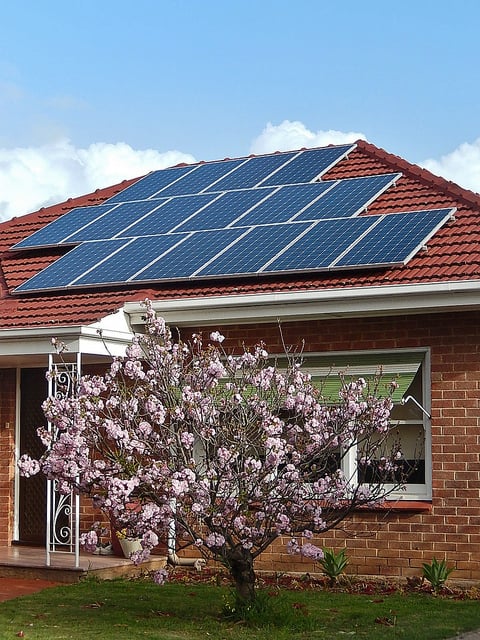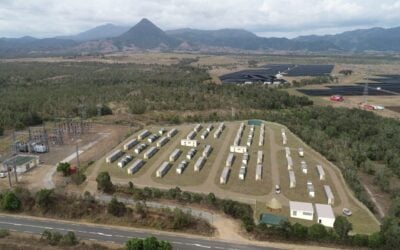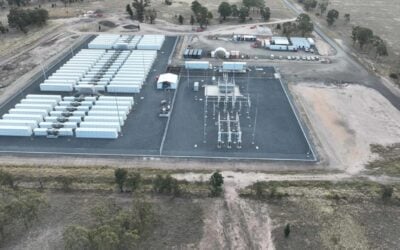
A green bond has been issued in Australia that will give people the chance to invest in energy storage for the first time.
The country’s national Clean Energy Finance Corporation (CEFC) has invested AU$10 million (US$7.11 million) in an AU$90 million green bond issuance from financing company FlexiGroup Limited (flexigroup). The bond is aimed at encouraging institutional investors to help accelerate the deployment of rooftop solar PV systems and small-scale energy storage systems.
CEFC has been instrumental in helping deliver various clean energy and pro-environment initiatives across Australia, from assisting with debt-financing the country’s first unsubsidised grid-scale battery, to putting in contributions to South Australia’s AU$150 million Renewable Technology Fund as well as the state’s Home Battery Scheme.
Richard Lovell, debt markets lead for CEFC said that “consumers have capitalised on technology gains and rapid price declines to install rooftop solar,” leading to a deepening of investor confidence.
Try Premium for just $1
- Full premium access for the first month at only $1
- Converts to an annual rate after 30 days unless cancelled
- Cancel anytime during the trial period
Premium Benefits
- Expert industry analysis and interviews
- Digital access to PV Tech Power journal
- Exclusive event discounts
Or get the full Premium subscription right away
Or continue reading this article for free
“We can expect to see a similar pattern with energy storage, as consumers take even more control over their energy use, extending the benefits of their solar systems with the capacity for energy storage.”
Lovell said that the inclusion of energy storage receivables in the bond was “an important market development”, in CEFC’s view.
“With this issuance, flexigroup is giving institutional investors ready access to this evolving energy storage market, while further expanding the universe of investable green assets through the introduction of a new ‘A’ rated green tranche to the transaction structure.
With institutional investors increasingly prioritising carbon reduction assets within their portfolios, issuers have the opportunity to develop a broader range of bonds to tap into this demand,” Lovell said.
The green note bonds are certified as aligned to the goals of the Paris Agreement through the global Climate Bonds Initiative.
“Australian householders are taking control of their energy bills by capitalising on flexible financing solutions and government incentives to install solar and storage. We expect interest in adding battery storage to solar panels to continue to grow, which presents an expanding asset base from which to offer future green investment opportunities to our investors,” Rebecca James, flexigroup CEO, said.





